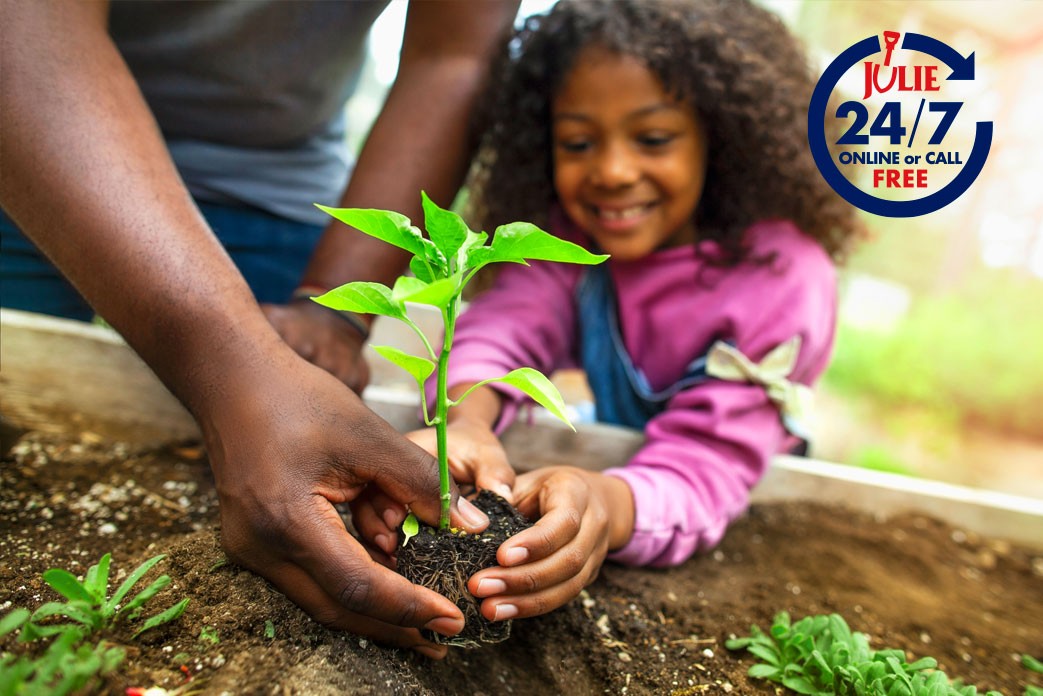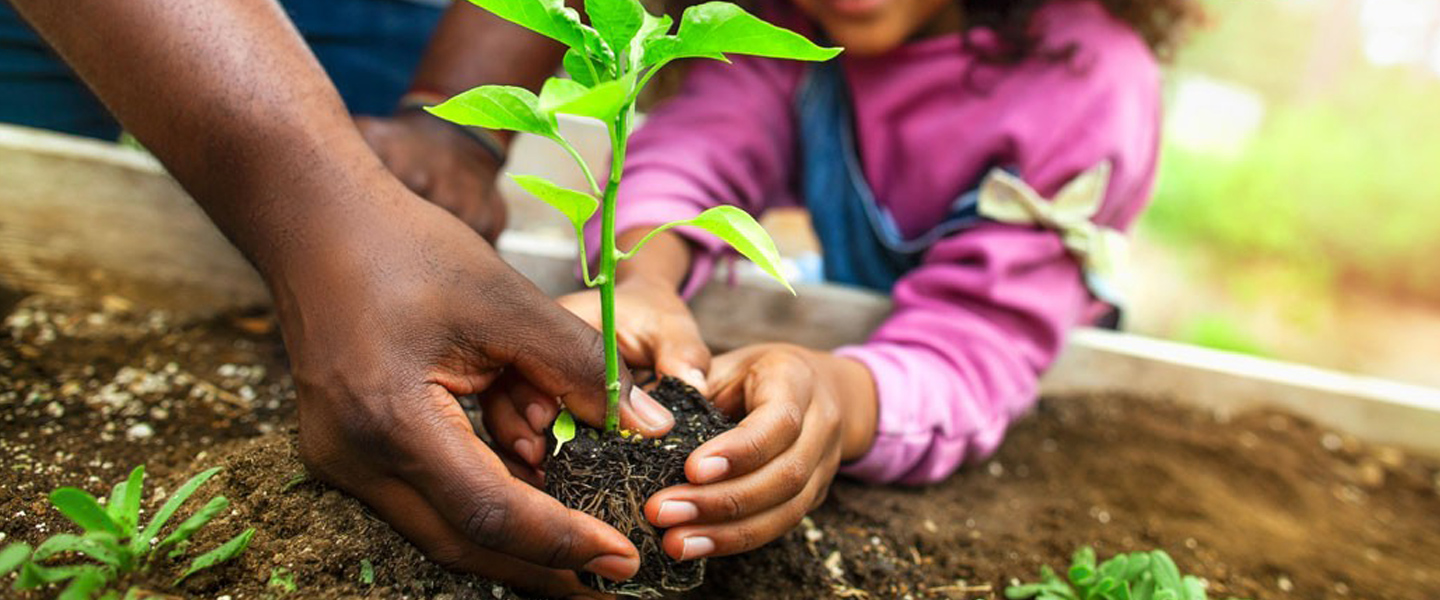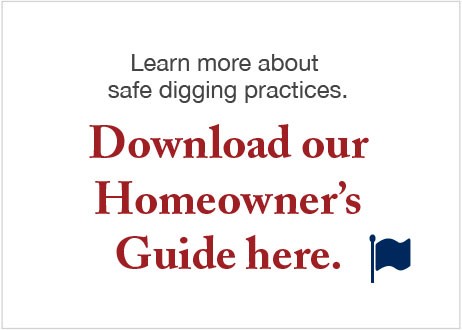Five Tips For A Successful Backyard Garden
Growing your own food isn’t just for the health conscious. As grocery prices have skyrocketed, having a backyard garden has become attractive to more and more people. In fact, a study by the National Gardening Association found that one in three households now grow their own fruits and vegetables. The top three reasons given for planting a garden were to produce better tasting food, lower grocery bills and grow higher quality food. Whatever your reasons are, follow these five tips to cultivate a successful backyard garden.

1. Choose The Right Location
When selecting the spot for your backyard garden, conduct as much research as possible before committing to a plot and tilling up the ground. Soil conditions, amount of sunlight, and exposure to the elements should all be considered.
Soil Composition—Soil that is porous and loose will provide the best growing conditions. Clay, gritty sand and rocky dirt are areas to avoid when planting a garden. Test the soil’s pH level so you know what type of plants will grow best. A pH level around 6.0 is ideal. If it’s above 7.0, only select plants will thrive, or you can attempt to lower the pH by adding organic materials like pine needles. If you discover that the soil pH is below 5.5, you can add agricultural lime to raise the levels. Soil test kits can be purchased online or at a garden center.
Sun Exposure—Plants in your backyard garden need eight hours of mostly direct sunlight to grow successfully. A location shrouded in shade will result in lower yielding plants that will be more susceptible to pests. Observe the amount of sunlight your yard receives and take note.
Water Source—When planting a garden, seeds need to be consistently watered so consider having your garden within hose distance or close to another water source so you can water efficiently.
Mother Nature—High winds and flooding can definitely spell disaster for your backyard garden. Are there creek beds nearby? Does the ground slope so that water pools in a certain area? Is a wind break necessary? Do your research and plan accordingly.
Utility Lines—Utility lines may be buried in the area where you wish to plant. Don’t risk causing a service outage or harming yourself or your family. Know what’s below…contact JULIE before you dig and member utility companies will send representatives out to mark their underground utility lines for FREE. You can submit an E-Request any time 24/7/365. It also helps to pre-mark the area where you’ll be planting a garden so locators can quickly and easily do their job.
2. Know When To Till
The best time to till is spring when the ground has reached a temperature above 60o F. Plants grow best in fluffy, porous soil and tilling is easiest when the ground isn’t dripping in moisture. If you can pick up a handful of dirt, squeeze it and it disintegrates, it’s dry enough to begin the tilling process. Rototillers are quite an investment and best suited for large gardens. A shovel, spade and simple garden claw will work well for a backyard garden. Make sure you contact JULIE at least two business days before you plan to start digging—it’s the law. That means if you want to begin planting a garden on Saturday, you must contact JULIE before 4 p.m. on Wednesday.
3. Add Compost Or Garden Mix
Using a good compost or garden mix is the key to a bountiful backyard garden. Both contain nutrients and organic matter that boost plant growth and reduce the need for fertilizer. Compost and garden mixes can be purchased at most garden centers, some recycling centers and from local farms. If you’re feeling extra ambitious, you can create your own compost. Grass trimmings, saw dust shavings, paper, decaying leaves, and even coffee grounds are a good start to a healthy compost pile. Turn the pile once a week, let mother nature do the rest and next year you’ll have your very own compost to use…no purchase necessary.
4. Space Seeds And Plants Evenly
When planting a garden, seeds should be buried at a consistent depth and established plants evenly spaced. Be careful not to overcrowd each row. And don’t forget to place a tag or marker so everything is easily identifiable! If you plant seeds, do so in two- to three-week intervals for the same fruits or vegetables. Small interval sowings ensure a steady supply of food rather than having an oversupply of a particular item all at once. Always strive for minimal food waste. If buried utility lines have been identified anywhere near your backyard garden and you can no longer see the markings, you can have them refreshed by using JULIE’s Remark/Extend/View service.
Not sure what veggies to plant? Here are a few fail-safe picks.
Tomatoes—An ideal choice for beginners, tomatoes come in a number of different varieties. They are best sown after the ground is above 60o F but develop quickly and produce all season long until the first frost.
Chili Peppers—Give your garden a kick! Like bell peppers, chili peppers are fairly hardy and continually produce throughout the growing season.
Radishes—Hardy in even the most undesirable soil conditions, radishes are easy to maintain, produce quickly and are best purchased as seeds.
Carrots—They grow best in deep soil and need minimal attention.
Lettuce—Lettuce grows best starting as a seed. It can grow quickly, easily and be harvested as needed.
5. Water Properly And Consistently
Know when and how to water your backyard garden. Avoid moisture stress by watering the ground around the plant, not the leaves. And water earlier in the day and not after sundown. Blossom-end rot, a high risk for tomatoes, peppers and eggplant, is one of the most common problems gardeners face so use a soaker hose, watering wand, watering cone and/or mulch to combat this disorder.
Whether you’re planting a garden to slash your grocery bills, to have more control over the types of fertilizers that come in contact with your food, or just as a hobby…these five simple tips can help set up your backyard garden for success.

Safe Digging Tip: Always contact JULIE before you dig to have utility lines on your property located for free by our members. Valuable utility lines may be buried just beneath the surface and hitting one could disrupt critical services, cause serious harm to you or your family, or even result in costly repairs and fines.






 CONTACT US
CONTACT US